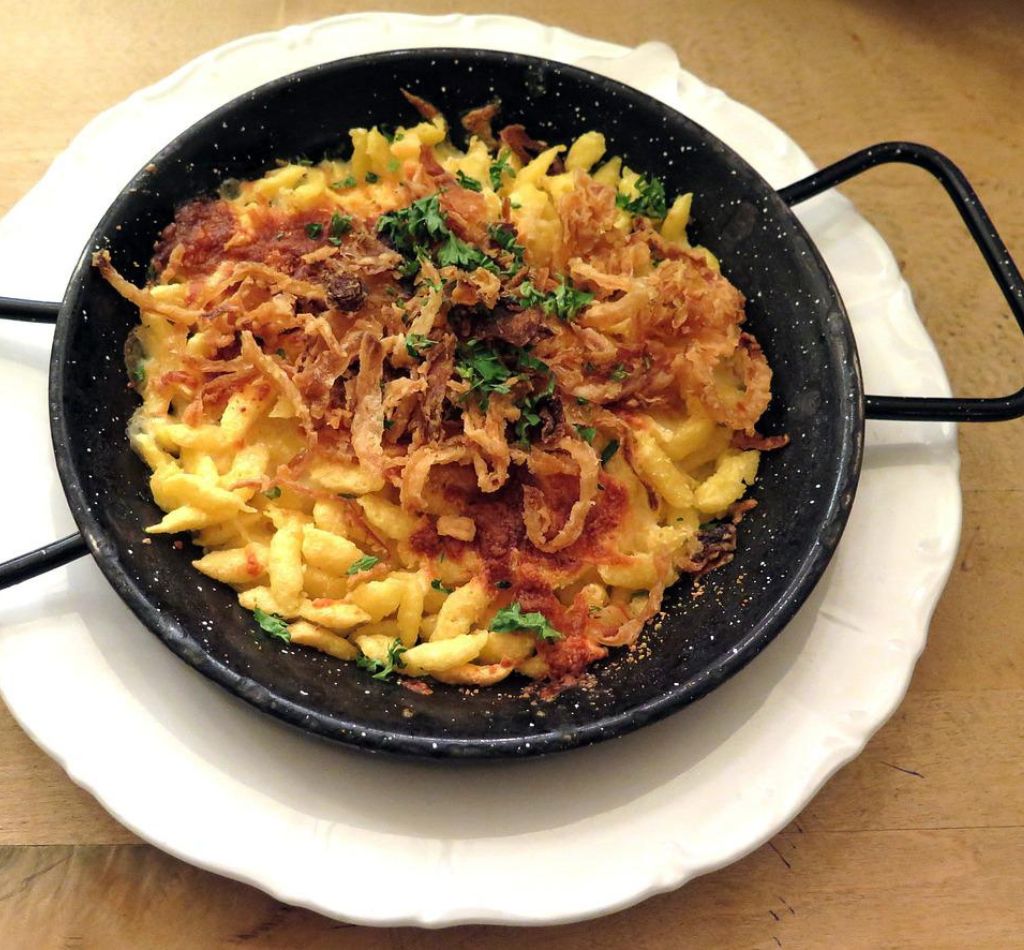
Top things to eat in Germany
Every country and culture has different foods they are known for. And I personally absolutely love German food. Part of the reason is probably that I am German, but German food is excellent! You should definitely try out some German staples when visiting the country. I put together a list of the top things you should eat in Germany from the perspective of a German.
When it comes to traditional German cuisine, the first thing that probably comes to mind is sausages, Sauerkraut, and beer. But authentic German food is not limited to just that. The list of traditional German cuisine is long and has an old culinary history that reflects its rural roots and geography.
If you’re planning a trip to Germany, don’t miss the chance to explore the vibrant capital city of Berlin.
Check out this perfect one-day itinerary to see the top attractions, including the Brandenburg Gate, the TV Tower, Charlottenburg Palace, the Berlin Wall, and the East Side Gallery. With so much to see and do in Berlin, this itinerary will help you make the most of your time in the city. And while you’re there, make sure to indulge in some delicious German cuisine.
Brezel
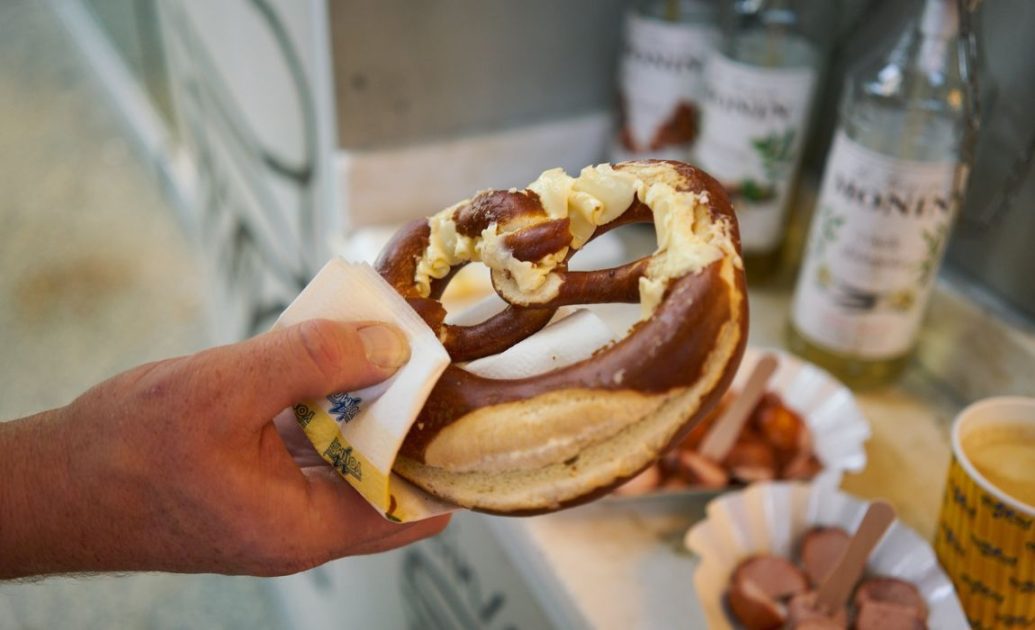
The Brezel or the Brezn in Bavaria is a true symbol of German cuisine. Incidentally, the name comes from the Latin “brachium,” which means arm and is based on the shape of the pretzel “with folded arms.” It is a Bavarian specialty.
The Brezel is a pretzel roll made of salted dough in the shape of intertwined knots and covered with coarse grains of salt.
Currywurst
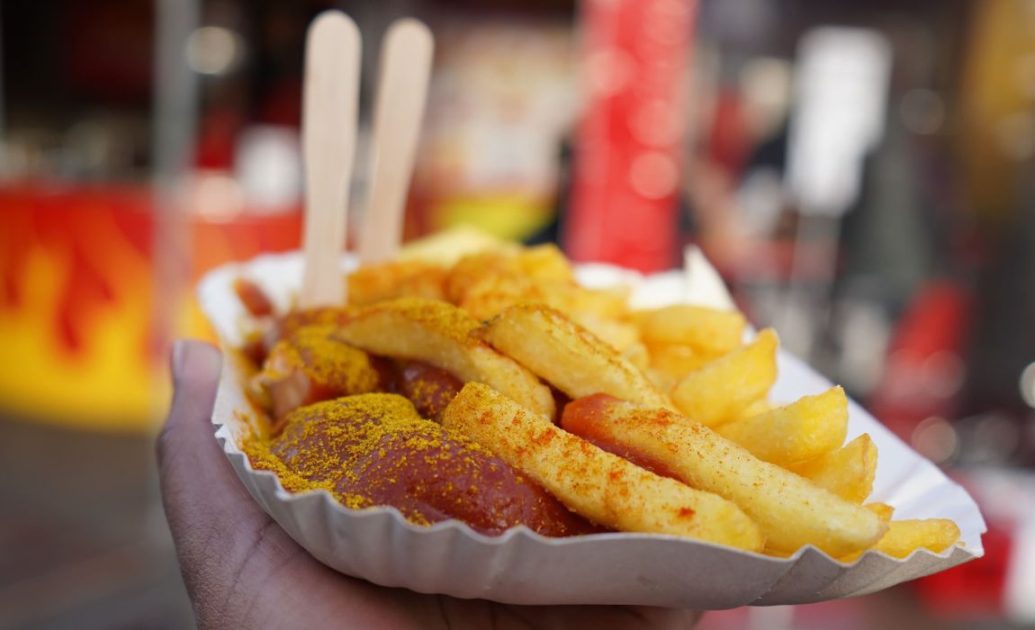
Hamburg or Berlin? Who really invented the German Currywurst will probably never be truly clarified. But actually, this sausage is not about the sausage at all. A symbol of German cuisine is a sausage (grilled or boiled) served whole or sliced, accompanied by a homemade tomato curry sauce sprinkled with curry powder. You should definitely try it on your trip to Berlin.
It is now more popular than ever, thanks to numerous noble creations. Game or organic meat, veggie variants, or exotic touches. Around 800 million curry sausages are consumed in Germany every year.
Maultaschen
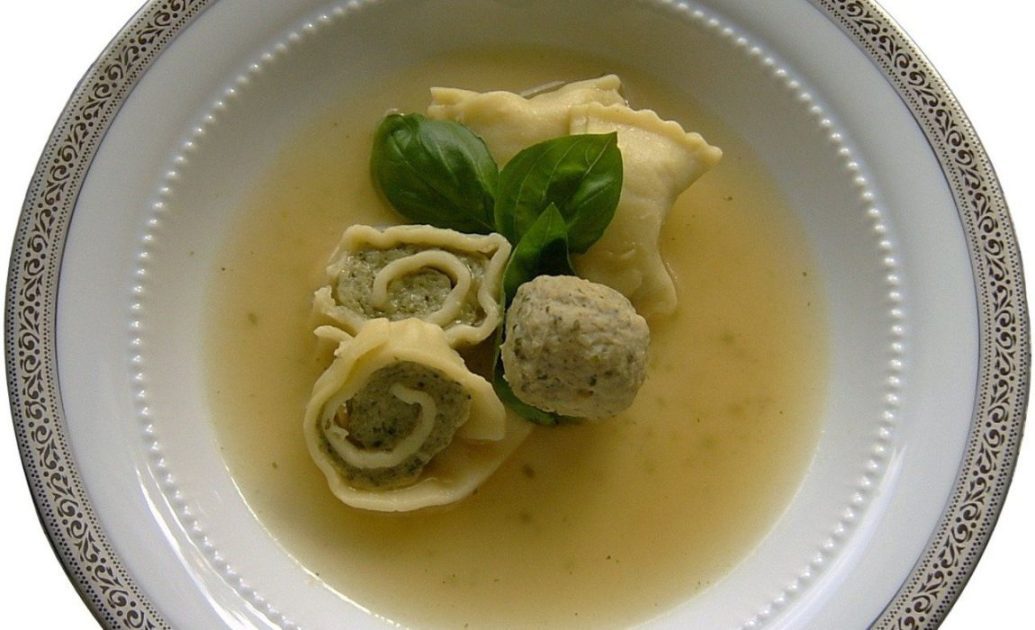
A typical specialty from Swabia are the Maultaschen: square pasta pockets classic with meat filling, reminiscent of ravioli. There is no agreement on the exact recipe, but the filling usually consists of minced meat, veal sausage, spinach, and parsley, wrapped in a wafer-thinly coated pasta dough.
Since 2009, Swabian Maultaschen are even protected by the EU. At least one stage of production, processing or manufacturing must have passed through Swabia to be allowed to call itself “Swabian” Maultaschen.
Swabian Maultaschen were mentioned as early as 1885 by the Brothers Grimm and have the nickname “Herrgottsbscheißerle” because the monks of Maulbronn, who are considered the inventors, did not want to do without meat during Lent and came up with the idea of wrapping the minced meat in a pasta dough.
They are boiled in water and served with broth instead of sauce, but you can also eat them fried and buttered. In any case, very tasty and one of my favorites.
Spätzle

Spätzle is a type of pasta from southern Germany (it can also be found in Switzerland, Italy, Austria, and Alsace). Spätzle originated in Baden-Württemberg, Germany. The noodles are essentially a type of pasta, traditionally served as a side dish with meat dishes or in soups.
There are many variations: grated, pressed, sliced – there is much debate about which are the “real” Spätzle. Suffice it to say that the best ones are the homemade ones, with lots of love and often with cheese.
Then they are called cheese Spätzle. The cheese Spätzle version is an extremely popular dish in southern Germany, especially in Swabia, Bavaria, and the Allgäu region. Here, hot Spätzle and grated cheese are alternately layered and finally garnished with fried onions.
German Bread
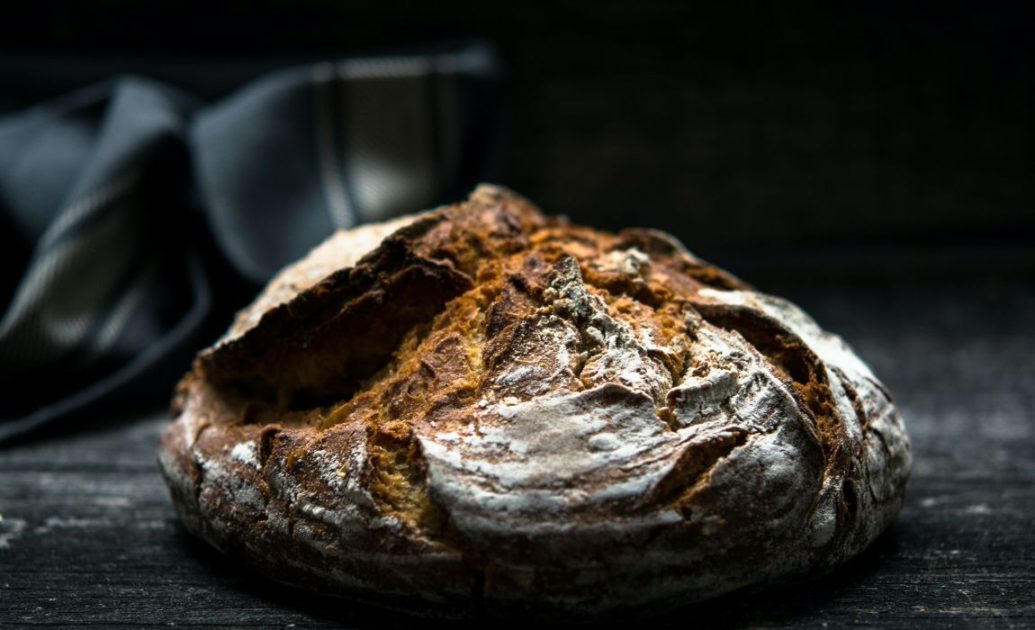
All kinds of bread and rolls can be found in German bakeries: with sunflower, sesame, or poppy seeds, with rye or wholemeal flour (or with semifinished flour), etc. German bread is known all over the world, and in many countries, breads made according to German recipes are explicitly advertised. UNESCO has even recognized German bread culture as a world cultural heritage.
The oldest still active bakery in Germany is located in Darmstadt and was first mentioned in a church chronicle in 1591. Bread culture is deeply rooted in Germany.
The German Bread Register of the German Bread Institute currently lists over 3,200 different bread specialties. Still, there are probably even more since not every baker reports his latest creation immediately or at all. This makes Germany the undisputed bread world champion.
Königsberger Klopse
Königsberger Klopse are an East Prussian specialty. Among the regional dishes, the meatballs are the best known. The original recipe is prepared with veal, but variants made from ground pork or beef are very common today.
The Klopse cooked in hot broth get their special seasoning. They are served in a light caper sauce and taste particularly good with boiled potatoes and beet. They are particularly popular in Berlin and Brandenburg.
Schweinehaxe
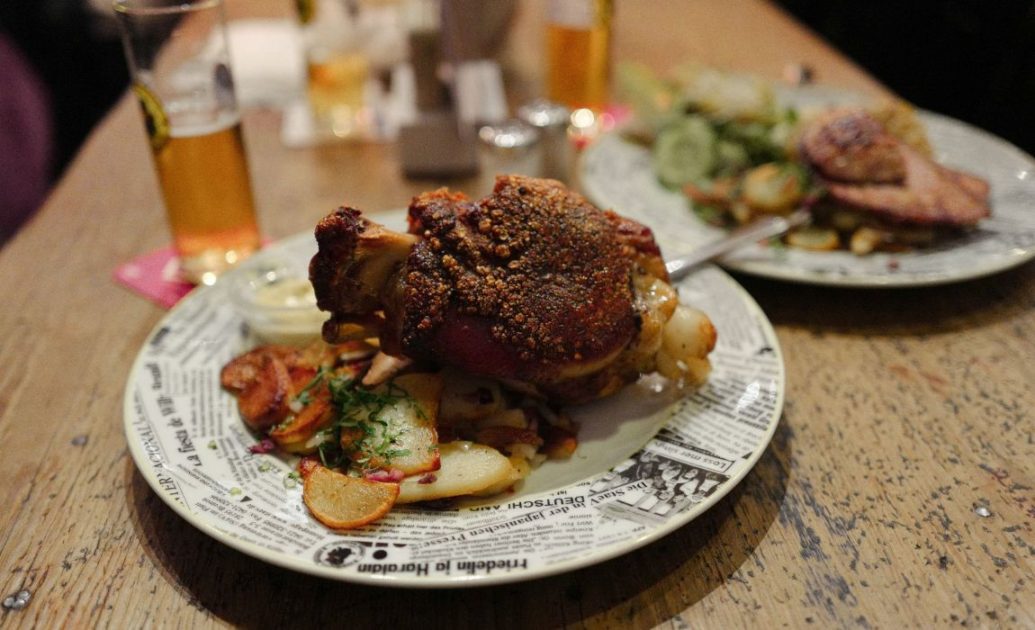
Schweinehaxe is a delicious German culinary dish based on marinated pork knuckle, boiled in water in northern Germany and especially in Berlin, or grilled in southern Germany. The name “Eis-bein” comes from the time when the bone was used for skate blades.
The side dish is also a tradition. Along with potatoes, dumplings belong on the table. The balls made from dough come in many compositions: As bread or bacon dumplings or potato or cheese dumplings.
Sauerkraut
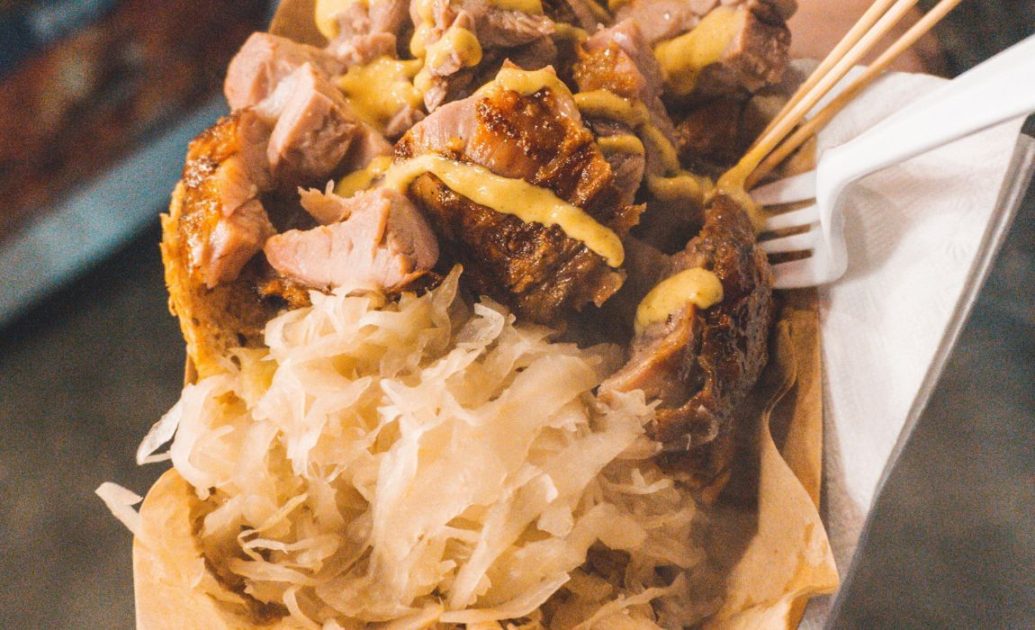
Sauerkraut is a shaved white cabbage that is fermented using lactic acid. The method, initially used for preservation, is refined in modern cuisine. Wine or champagne transforms the cabbage classic into a delicacy that is also a hit in high-end restaurants because of its extreme health benefits.
Traditionally, Sauerkraut is often eaten with sausages or Schupfnudeln, elongated gnocchi, a typical specialty of southern Germany and Austria.
Käsekuchen
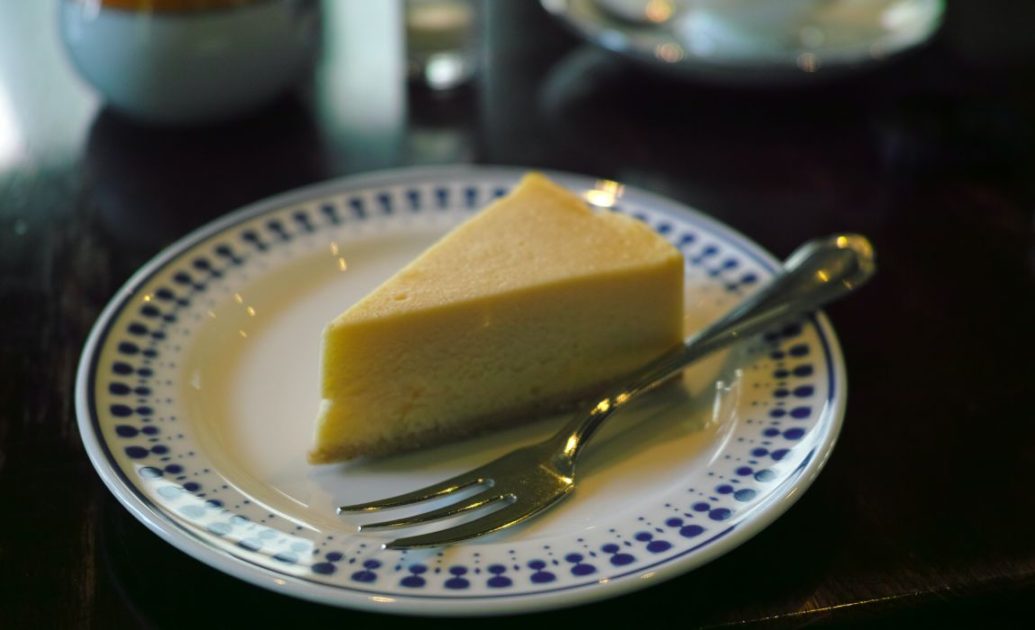
Classic, without a base, with fruit, chocolate, or egg nog: the recipes for the favorite Käsekuchen are colorful and varied.
It is still not clear exactly when the cake arrived in Germany. However, the first recipe written down in this country can be found in the cookbook of the poet Anna Wecker, published in 1598. And with the ingredients, curd cheese, eggs, butter, sugar, and cinnamon, her version was already pretty close to today’s popular classic.
For the cheesecake with a base, the base is first made from shortcrust pastry or yeast dough, then the curd filling is poured over it, and the cake is baked.
A simplified version of the cheesecake is the bottomless one. Here, the ingredients of the curd mass are simply stirred together with soft wheat starch or corn starch and baked.
This article may contain affiliate links. I receive a small commission when you purchase products or services through these links at absolutely no extra cost to you. This is a free way to support me and allow me to continue to create inspiring adventure travel guides. See my disclosure notice for more information.
